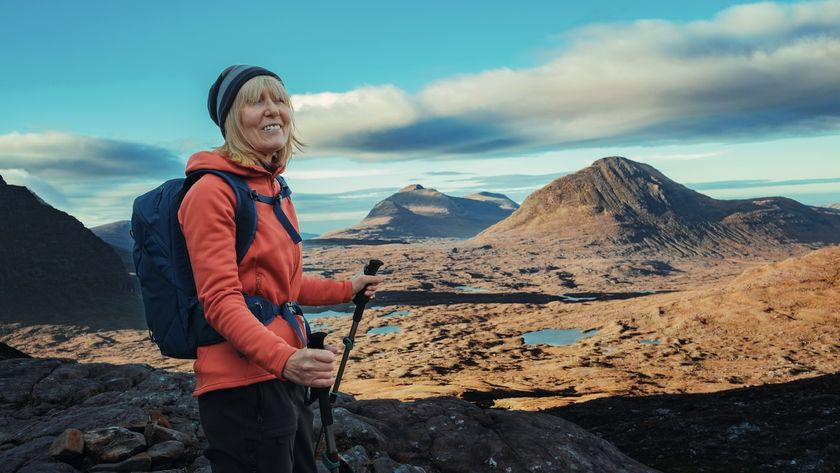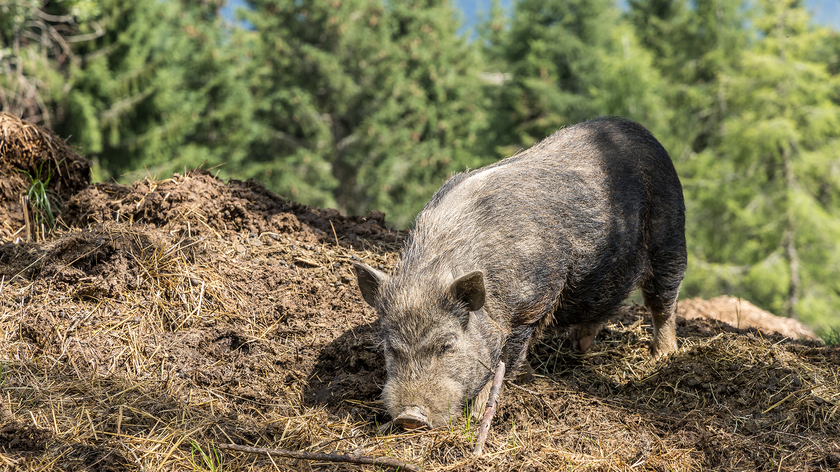Common trail running injuries – and how to avoid them
Trail running injuries do happen, but you can help lower your risk while out on the trails with these eight tips
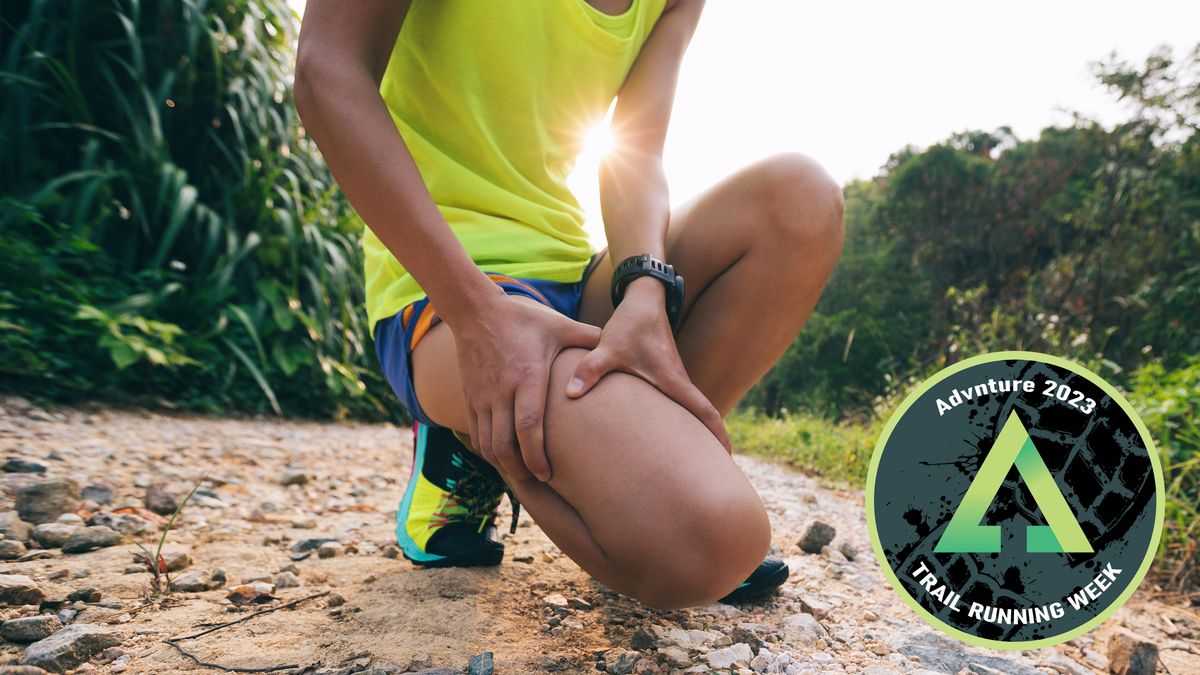
We're not here to try to dissuade you from getting out there in your best trail running shoes, but it should be obvious by now that running over rough, rocky, muddy or uneven terrain comes with a higher risk of tripping or falling than running on a flat even surface.
Trail running injuries don't stop at tripping hazards either. In 2015, a group of researchers published a study in the journal Human Movement which found that 90% of their subjects reported at least one injury. The lower back is the most commonly injured area among trail runners, while overuse injuries in the hip, tibia and plantar regions are also common. The longer you've been running and the more you train, the more likely you are to suffer from an injury.
There is always going to be some risk of picking up trail running injuries, but if you watch experienced trail runners in action, they seem to be able to glide over even the most challenging surfaces and rarely suffer a fall or an injury. This shows that trail running isn’t necessarily as hazardous as it might first appear – and no one ever got hit by a car, van or truck while running trails, so there’s a bonus straight away.
Trail running injuries do happen, but you can help lower your risk while out on the trails with the following eight tips.
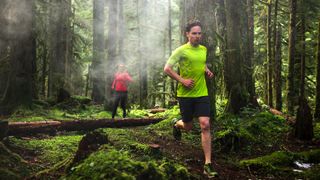
1. Choose your shoes wisely
It might sound obvious, but you are more likely to slip and fall if your trail running shoes don’t offer enough grip. When you start running trails, you need proper trail running shoes. Don’t just assume your road running trainers will suffice – they won’t. If you intend to run on muddy ground, slick surfaces or down steep inclines, you’ll need shoes with a tread pattern that bites into the soft surface. If you’re more likely to be on slippery rocks, look for a shoe with grippy rubber soles such as Vibram soles.
2. Slow down
Don’t try to run at the same pace on trails as you do on the road, especially not at the beginning. Road running and trail running are very different beasts. Trails are full of surprises – that’s all part of the attraction. Even if you think you know a route like the back of your hand, it will be different in the wet than it is in the dry, the undergrowth and trailside flora will change with the seasons, and sometimes a fallen tree or swollen stream will force you to vault, leap or climb a new obstacle. The very nature of this dynamic terrain means that a slower pace doesn’t necessarily mean easier running. Embrace it, but not recklessly. Need more guidance? Learn more about how to pace yourself when running.

3. Look ahead
Trail running requires you to be much more attentive to where you are stepping than running on the road. You need to learn to read the ground ahead and plan your route. This becomes more difficult as the terrain gets more uneven. Try to look at the ground about three paces ahead, and resist the urge to look immediately down at your feet. This will allow you to see what’s coming up and react accordingly. If you’re running at night with a running headlamp, the same thing applies – focus your beam three of four meters ahead of your feet.
Advnture Newsletter
All the latest inspiration, tips and guides to help you plan your next Advnture!
4. Pick your feet up
Running over technical terrain with rocks, vegetation and other trip hazards requires a different technique to running on even ground. A lazy, shuffling style with feet close to the ground will almost certainly result in a trip, so some runners new to the trails might need to actively think about picking their feet up more than they are used to.
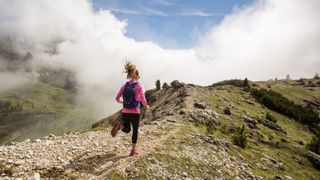
5. Use your senses and focus
Trail running is a much more immersive experience than road running – being out in the wilds, surrounded by the ever-changing sights, sounds and smells of nature as the planet rotates through seasons sharpens your senses and helps you read the trail. If you typically run with your best running headphones on, try taking to the trails without being plugged in and concentrate on the path ahead of you.
Some people like to wear barefoot running shoes, which allow you to feel the trail beneath your feet, and encourage you to think about foot placement – which sounds like hard work, but soon becomes second nature and can help you avoid ankle-crunching holes and slippery roots.
6. Train for the trail
Deliberately seek out an area of rough terrain and practice running over it. Do some repeats, 10 seconds is enough to start with at a brisk pace then walk back and repeat. As you get more confident you can increase the pace. Over time this exercise will help develop balance, agility and foot-eye coordination, and reduce the likelihood of trail running injuries from tripping and falling.
Practice fast cadence, too. A quicker leg turnover allows you to react faster and remain in control; while the impact forces associated with shorter steps are lower compared with taking longer strides, thus reducing the injury risk.
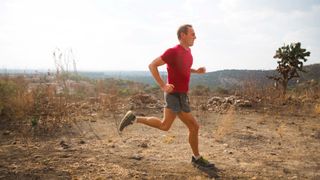
7. Start strength training
Injuries often occur when you become fatigued. Again, training can help prevent this. Trail running requires more sideways movements than road running – think about having to jump forwards and sideways to avoid a rock. Your leg muscles also need to absorb impact using eccentric contractions such as when running downhill or landing after a jump.
Strength training can make you more fatigue resistant and is another way to ward off injury. You don’t need a gym, you can use bodyweight and improvised weights if you don’t have dumbbells. Simple exercises include lunges (forwards, backwards and sideways); step ups and downs using a park bench, fallen tree, or garden wall; and jumping up and down onto a wall.
8. Practice running safety
No matter how well prepared you are accidents can still happen, so practice the basic principles of running safety. Run with others, or let someone know your route and don’t attempt a run that is beyond your ability level. If you’re going on a long run off the beaten track, take a phone, a small first-aid kit and your best waterproof jacket.
This article is part of Advnture's Trail Running Week 2023 (running from Monday 27 March to Sunday 2 April), our in-depth look at how to train smarter, choose the right gear, and have fun when things get muddy.
An experienced, competitive, fell runner and UK Athletics coach, Dave specialises in fell and mountain running. His personal achievements include winning the 2015 English Fell Running Championships (V50 category) and completing the Bob Graham, Paddy Buckley and Charlie Ramsay Rounds. He has contributed reviews and training articles to magazines including Trail Running, Outdoor Fitness and the Fellrunner magazine. His most embarrassing moment was having a running shoe fall apart completely while high in the Lake District fells.

